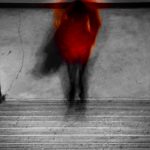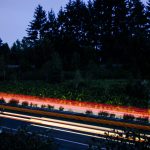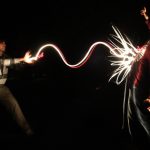What we want to do in our Famous Quote images is attain Unity. For it to be seen as one thing instead of text and photos as being separate elements.
Understanding how the mind groups elements (by proximity, similarity, continuation and alignment) helps us understand how unity can be achieved.

PROXIMITY Proximity is based on grouping by closeness; the closer elements are to each other, the more likely we will see them as a group. Proximity is one of the easiest ways to achieve unity.

REPETITION Repetition is based on grouping by similarity; elements that are similar visually are perceived to be related. Any element can be repeated – line, shape, color, value or texture – as well other things such as direction, angle or size. Repetition helps unify a design by creating similar elements and is one of the most effective ways to unify a design.

ALIGNMENT Alignment consists of arranging elements so that their edges are lined up. The common alignment allows the eye to group those elements together. A grid is often used to create unity through alignment, not just in a single design but also between related designs (the pages of a magazine or book, for example).

CONTINUATION Continuation means that something (a line, an edge, a curve, a direction) continues from one element to another. The viewer’s eye will follow the continuing line or edge smoothly from one element to other and the mind will group the elements because of this connection. Implied lines are one example of continuation.










